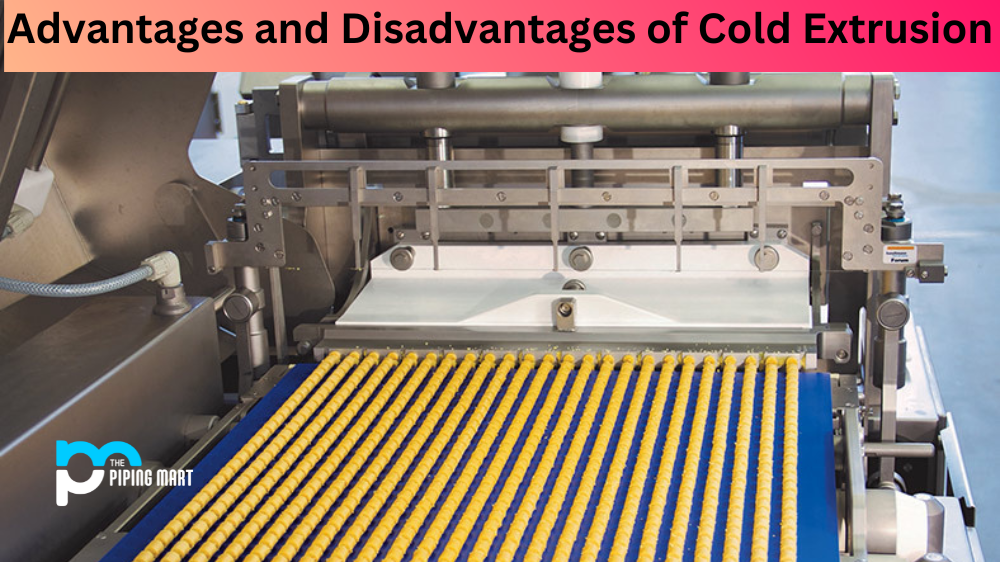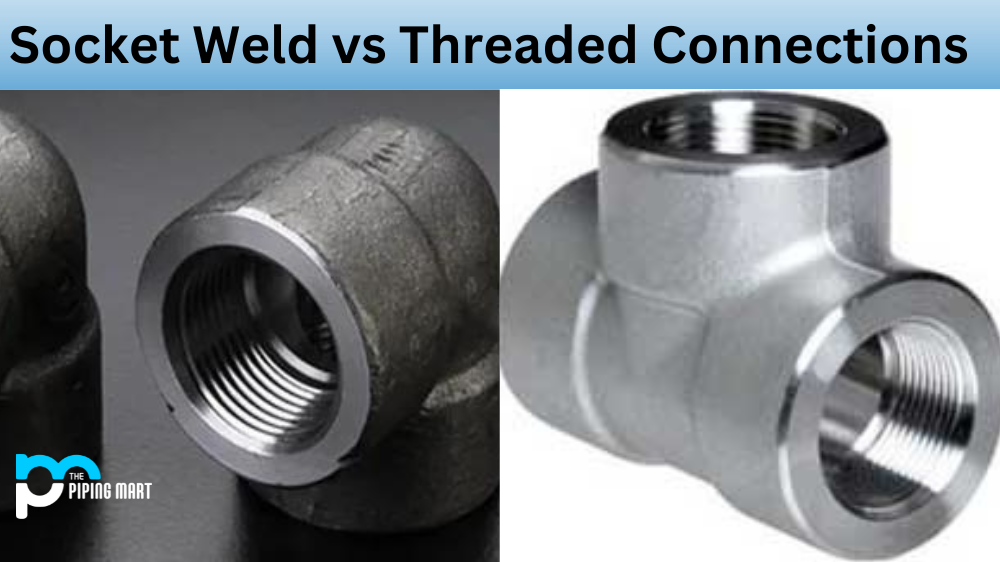Vacuum hardening is a unique type of heat-treating process that uses a vacuum chamber to increase the hardness and strength of metal components. It has become increasingly popular in industrial applications due to its ability to reduce production costs while providing superior results. In this blog post, we’ll explore what vacuum hardening is, the process behind it, and some of its common uses.
What Is Vacuum Hardening?
Vacuum hardening is a heat-treat process that involves heating the metal component in a vacuum chamber until it reaches the desired temperature. The chamber is then sealed and left to cool gradually at a controlled rate in order to achieve optimal hardness and strength. This gradual cooling process takes place at temperatures below 500 degrees Celsius, making it less likely that any unwanted distortion or warping may occur during the hardening process. This makes it ideal for use on precision parts where exact dimensional tolerances are required.
Vacuum Hardening Process
The main processes involved in vacuum hardening are degassing, quenching, tempering, and stress relieving. Degassing involves using heated gases such as hydrogen or argon to remove any trapped air from within the part prior to heating. Quenching is the rapid cooling step which increases the hardness of the material after it has been heated. Tempering then follows, which reduces brittleness by re-introducing some flexibility into the material structure while still maintaining its desired hardness level. Finally, stress relieving takes place, which helps reduce any residual stresses present in part due to quenching or other processes prior to final assembly.
Vacuum Hardening Uses
Vacuum hardening can be used for a wide range of industrial applications, including automotive parts, aerospace components, and medical devices. It can also be used on small components such as fasteners or gears as well as larger parts such as engine blocks or transmission cases. As mentioned earlier, one of its key benefits is that it helps minimize distortion and warping during heat treatment which makes it ideal for producing high-precision parts with tight dimensional tolerances. Additionally, because vacuum hardening does not require large amounts of energy as other heat-treat processes do, it can help lower production costs significantly without sacrificing quality or performance levels.
Conclusion:
Vacuum hardening offers numerous advantages over traditional heat-treat processes, such as reduced production costs and improved precision levels without sacrificing quality or performance levels. It has become increasingly popular for use on precision metal components due to its ability to produce accurate results with minimal distortion or warping occurring during heat treatment. With these benefits combined with its low energy requirements compared to other heat-treating methods, vacuum hardening has quickly become an essential tool for many industrial applications today!

A passionate metal industry expert and blogger. With over 5 years of experience in the field, Palak brings a wealth of knowledge and insight to her writing. Whether discussing the latest trends in the metal industry or sharing tips, she is dedicated to helping others succeed in the metal industry.




